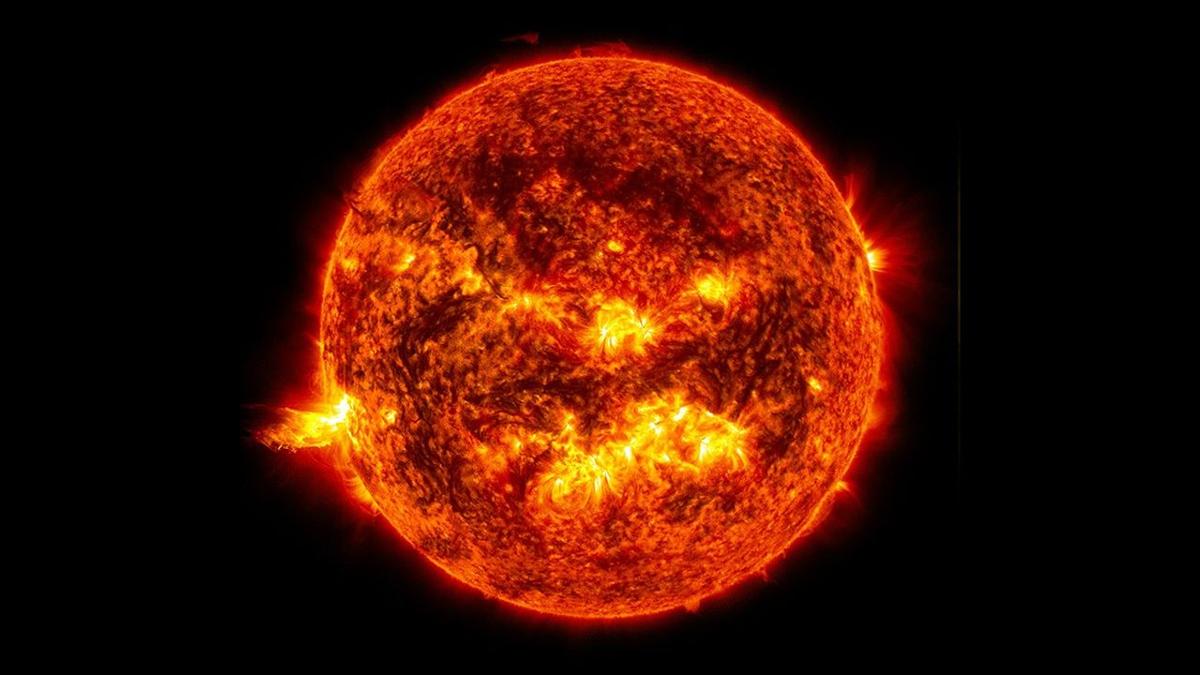
Does the Sun rotate? Premium
The Hindu
The Sun rotates on its axis with varying speeds, creating a differential rotation phenomenon observed by solar physicists.
A: Yes. the Sun too rotates about its axis. But unlike the earth, which has a rotation period of one day, the sun has a differential rotation. That is, all parts of the sun do not have the same period of rotation.
The period of rotation near its equator is 26.5 days, at sun spot zone (16 degrees north) it is 27.3 days, and at the pole it is 31.1 days.
The Sun’s enormous core temperature of 15 million degrees K and a surface temperature of 6,000 degrees K leaves all its constituents in a high-pressure gaseous state called a plasma.
For the purpose of certain calculations, the top and the bottom ends of the visible sphere of the Sun are designated as north and south poles respectively.
Photographs are taken daily and the movements of the spots, filaments, and plages are observed for various latitudes and longitudes, for a long period of time. From this, the sidereal rotation period is calculated.
The reason behind this phenomenon is still a puzzle to solar physicists.

The Leela Palace Chennai presents the seven edition of Shefs at The Leela in collaboration with ‘Dean With Us’ — the mother-daughter duo of Rupali and Akansha Dean. The event honours the transformative role of Indian women chefs who are shaping the future of gastronomy. After past editions hosted across Bengaluru, Gurugram, Chennai, and Jaipur, the seventh edition in Chennai will bring together four women chefs — Sambhavi Joshi, Taiyaba Ali, Sehaj Ghuman and Bunuma Patagiri, who will bring their years of expertise into curating a menu that speaks both of their work and India’s diverse culinary heritage.





















 Run 3 Space | Play Space Running Game
Run 3 Space | Play Space Running Game Traffic Jam 3D | Online Racing Game
Traffic Jam 3D | Online Racing Game Duck Hunt | Play Old Classic Game
Duck Hunt | Play Old Classic Game










